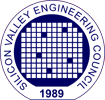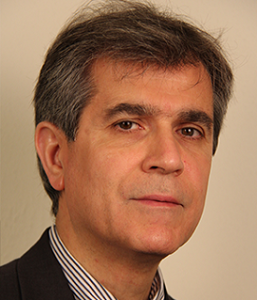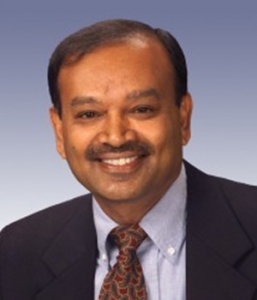SILICON VALLEY LEADERS
ARE SAYING
Leaders who have made big difference in our lives

Dr. Fred BarezSVEC Hall of Fame Inductee 2020

Dr. Terry ShoupFormer Dean of Engineering, Santa Clara University, SVEC Hall of Fame




























































































































































































